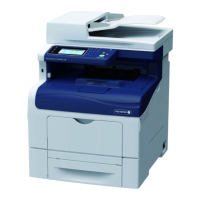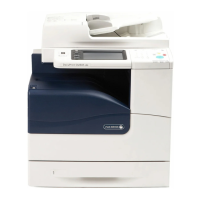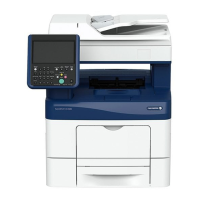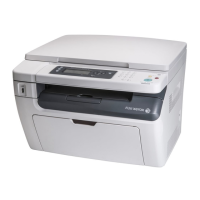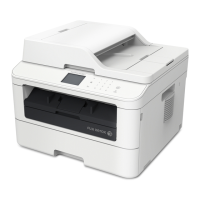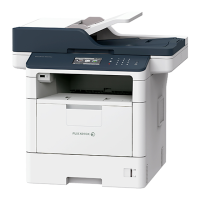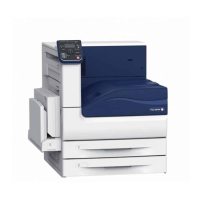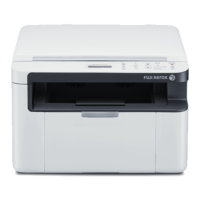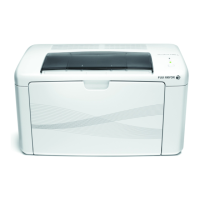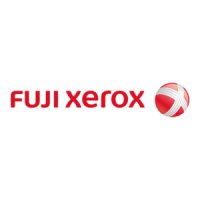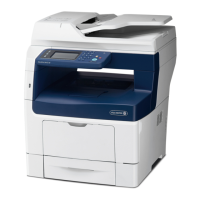Description of Menu Items
9-11
■ IP Address, Network Mask, and Gateway Address: These items are used to check the addresses
that have been obtained automatically or to specify addresses manually. Enter the address in the
format of xxx.xxx.xxx.xxx. You can specify values in the range of 0 to 255 for xxx.
To set addresses manually, set Get IP Address to Panel.
IP addresses are managed in the entire network. An incorrect IP address may affect the whole
network. For the addresses you need to set manually, contact your network administrator.
■ Protocol
Set Enable when using the protocol. When Disable is selected, the protocol cannot be activated.
■ LPR (default: Enable)
■ Port 9100 (default: Enable)
■ FTP (default: Enable)
■ SNMP (default: Enable)
■ Email Alerts (default: Enable)
■ CentreWare IS (default: Enable)
■ Bonjour (mDNS) (default: Enable)
When the optional Network Expansion Card is installed, the following are also available:
■ IPP (default: Enable)
■ SMB TCP/IP
■ SMB NetBEUI
■ NetWare (default: Enable)
■ EtherTalk
■ HTTP-SSL/TLS
Note: The SSL/HTTPS communication feature is not supported on the model available in China.
■ IP Filter: Specifies blocking the reception of data from certain IP addresses. You can block up to five
IP addresses. The change becomes effective after the printer is turned off and then on again.
Note: This feature is only avaialbe when using LPD or Port9100.
■ Initialize NVM: Initializes network data stored in NVM. After executing this function and rebooting
the printer, all network settings are reset to their default values.
■ Adobe Protocol: Specifies PostScript communication protocol for each interface. You can configure
the Adobe Protocol settings for the network. The change becomes effective after the printer is turned
off, and then on again.
■ Auto: Used when auto-detecting the PostScript communication protocol.
■ Standard: Used when the communication protocol is in ASCII interface.
■ BCP: Used when the communication protocol is in binary format.
■ TBCP: Used when the communication protocol supports both ASCII and binary data to switch
between them according to the specified control code.
■ Binary: Used when no special processing is required for data.
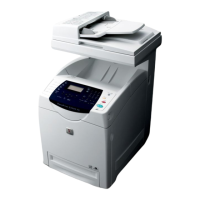
